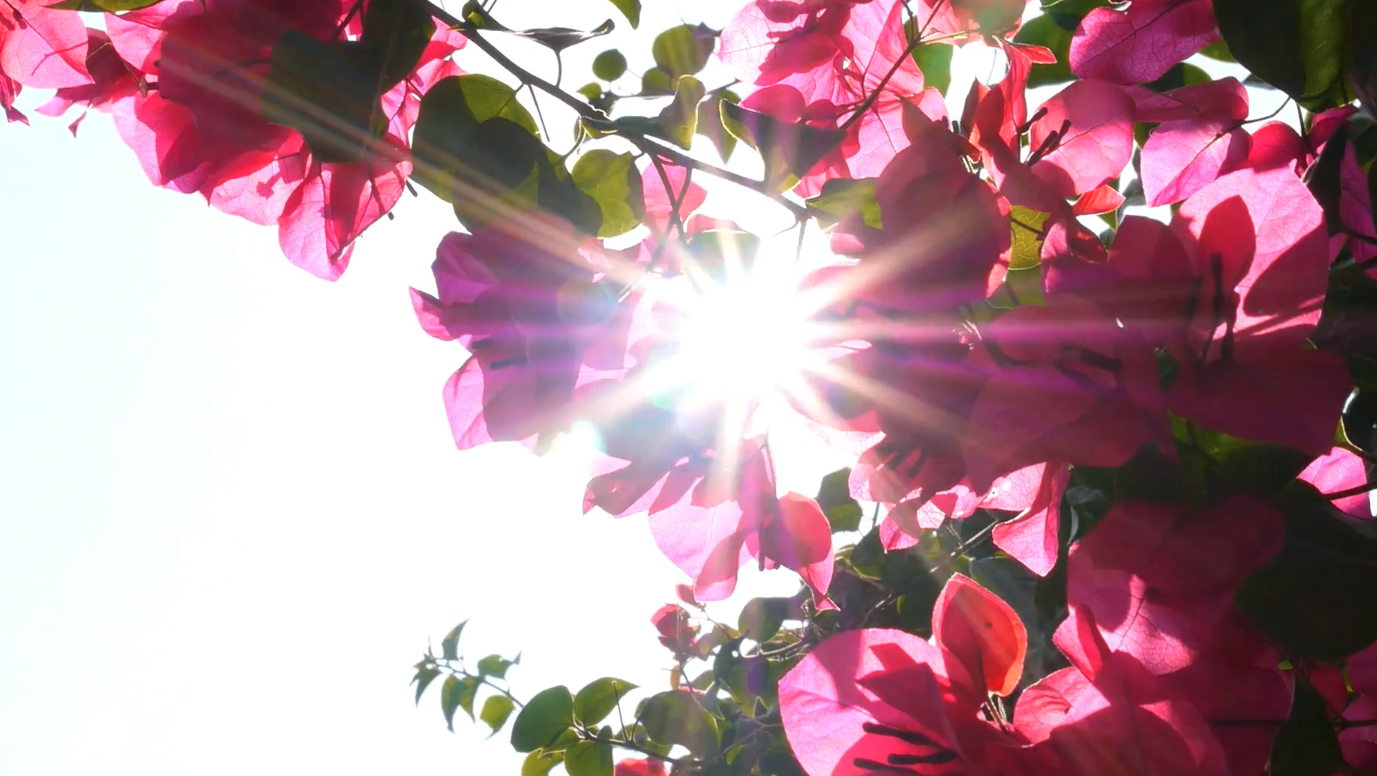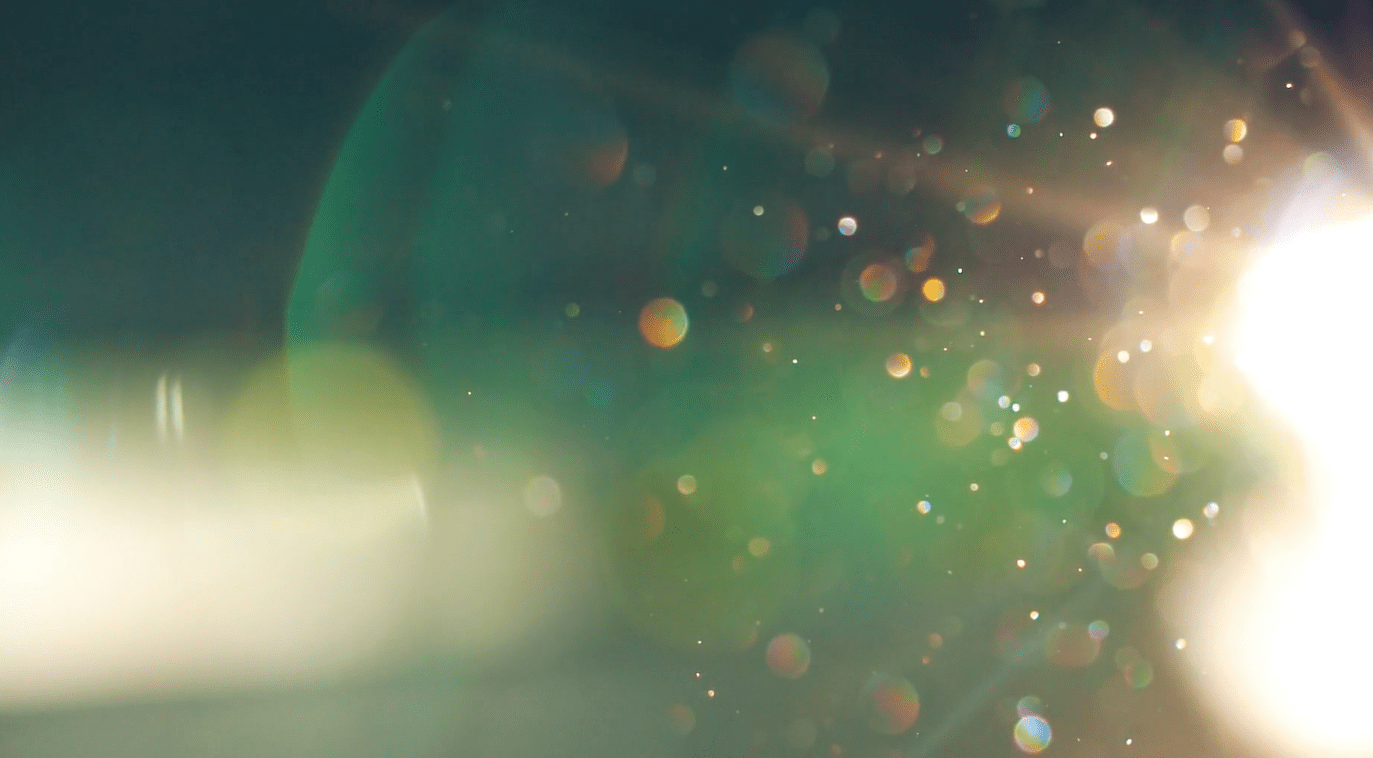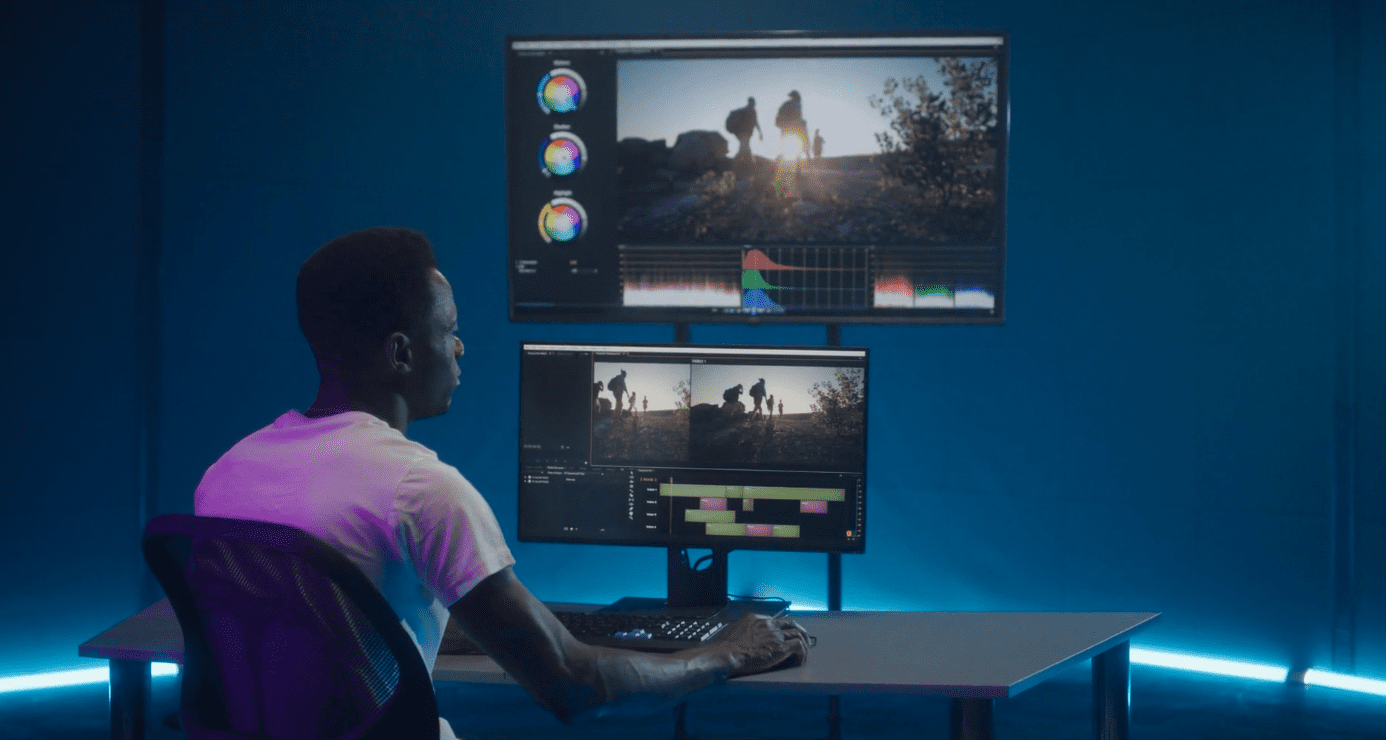Lens flare is an optical photography phenomenon that creates artifacts that characterize an image–spilling light into areas where it did not exist in reality. From an artistic point of view, lens flare adds personality and drama to your pictures, while from the technical point of view, it’s an error created when there is a reflection of stray light on your camera’s lens.
Lens flare or optical flare can add an ethereal effect to your videos or photographs. The reflection of light can provide a positive and heartwarming feel or provide you with a sense of awakening or realization, especially when watching a film that has used the effects.
What Is a Lens Flare Effect (Optical Flare)
Lens flare responds to the light penetrating the lens straight from the shot source. Bright light, natural or artificial, is the common source of optical flare.
Lens flare can appear in your photograph in one of the two ways:
- As a starburst – The size and shape of your camera’s aperture determines the shape or placement of the lens flare starburst
- Like a haze – The picture has a washed-out look due to changes in the image’s contrast
Flare, an unwanted light in an image, can originate from multiple sources, significantly disrupting the image’s quality. However, depending on your photographic style, you may have a visual taste for lens flare effects on pictures and films or find the effects distracting.
While playing with your camera’s focus, you may notice that the background lights are blurring into a haze, that is bokeh. Bokeh is a different form of lens flare in that the out-of-focus area of the photos is blurred because that’s how the camera lens renders it.

The Origin of Optical Flare Effect
John Knoll is one of the original creators of Adobe Photoshop, alongside his brother Thomas Knoll. In addition, John is a visual effects supervisor and chief creative officer at Industrial Light and Magic (ILM).
Industrial Light and Magic is an American motion picture visual effects company founded in 1975 by George Lucas, which is part of the Lucasfilm production company responsible for the Star Wars films.
John Knoll has worked as a visual effects supervisor for Star Wars prequels, Star Trek Generations, and Star Trek: First Contact, among other notable films. His works as a visual effect supervisor inspired the creation of the Knoll Light Factory, which is a lens flare generating software. At the Oscars in 2019, John and Thomas Knoll received the scientific and engineering award for the original design, architecture, and development of photoshop.
When to Use Lens Flare Effects
Lens flare is one of the best ways to beautify an image, especially in fine art or narrative context. Users can deliberately seek after optical flare in cinematography and photography due to its realistic effect. The two main types of lens flare include:
1. Veiling Flare
- Veiling flare is when the bright light source is outside the camera’s lens–absent from the image, but its light rays can reach the front elements of the lens. It’s very noticeable in dark areas of the frame, where the bright light seems to contrast dark colors, appearing washed out or faded.
- Veiling flare is intensified by factors such as the lack of anti-reflective multi-coating technology, dirty front element, dust inside the lens, and a low-quality lens filter.
2. Ghosting Flare
- Ghosting flare is characterized by the presence of a bright light source in an image. The bright light reflection creates a similar reflection of the lens diaphragm.
- Each image will have an orb or circular artifacts, which are referred to as ‘ghosts.’ The number of ghosts in each shot will depend on the number of elements in your lens.
- Circumstances when lens flare is ideal include:
- When you are freelensing
- Shooting with reflective gear to create a flare, like using a prism or a sheet of glass
- If you are shooting with an anamorphic lens for cinematographic purposes
However, sometimes you are required to present high-quality and pristine images. Optical flare can be considered unwanted if:
- The flare is obstructing the main focus of the shot
- You specialize in taking specific photos like being a real estate, portrait, or product photographer
- The object is the sun; you may need to find an anti-reflective gear. Otherwise, the picture will be hazy and too reflective

How to Add Lens Flare Naturally
Using various platforms like Adobe Photoshop, you can create your lens flare. Adobe Photoshop allows you to create or enhance the realism of your image. Consider the following factors to add lens flare using a natural method:
1. The Aperture
- In optics, an aperture is an opening through which light travels through. As a result, the aperture has a massive effect on your lens flare’s outcome.
- For example, a wide aperture makes the sun appear more diffuse and larger with a softer shape. However, if you plan on shooting in an open field during the day, get your subject into focus and watch out for the narrow depth of the landscape to get a flare effect.
2. Focal Length
- Zooming your lenses will make the sun’s flare effect more noticeable. This is because the increased number of lens elements amplifies the internal reflection within the camera when zoomed in, causing lens flare.
- On the other hand, a wide-angle lens will make light sources appear smaller because of the shorter focal length.
3. Time of the Day
- To have a lens flare, ensure that you take advantage of the golden hour–sunrises and sunsets. During this period, it’s easier to capture the sun in the frame since it’s lower than the sky, creating a fantastic lens flare effect.
How to Remove Lens Flare
Lens flare is ideal for artistic purposes because of how it enhances a photo. However, lens flare can also degrade the quality of your photo by introducing artifacts to the image and reducing saturation and contrast.
Removing lens flare is dependent on the type of flare you are seeing. For example, to remove light streaks, you can use a lens hood to eliminate the flare as it prevents direct sunlight from falling directly in front of the lens element.
You should fix your angle and correctly position your camera before taking the pictures for hazy loss of contrast, while Adobe Photoshop will fix artifacts, colors, and shapes.
Storyblocks: Modern Effects Made Simple
Storyblocks is a stock media platform that provides royalty-free videos, images, and audio subscriptions with unlimited downloads. We are constantly adding new content to our library to ensure that we are adapting to your needs.



